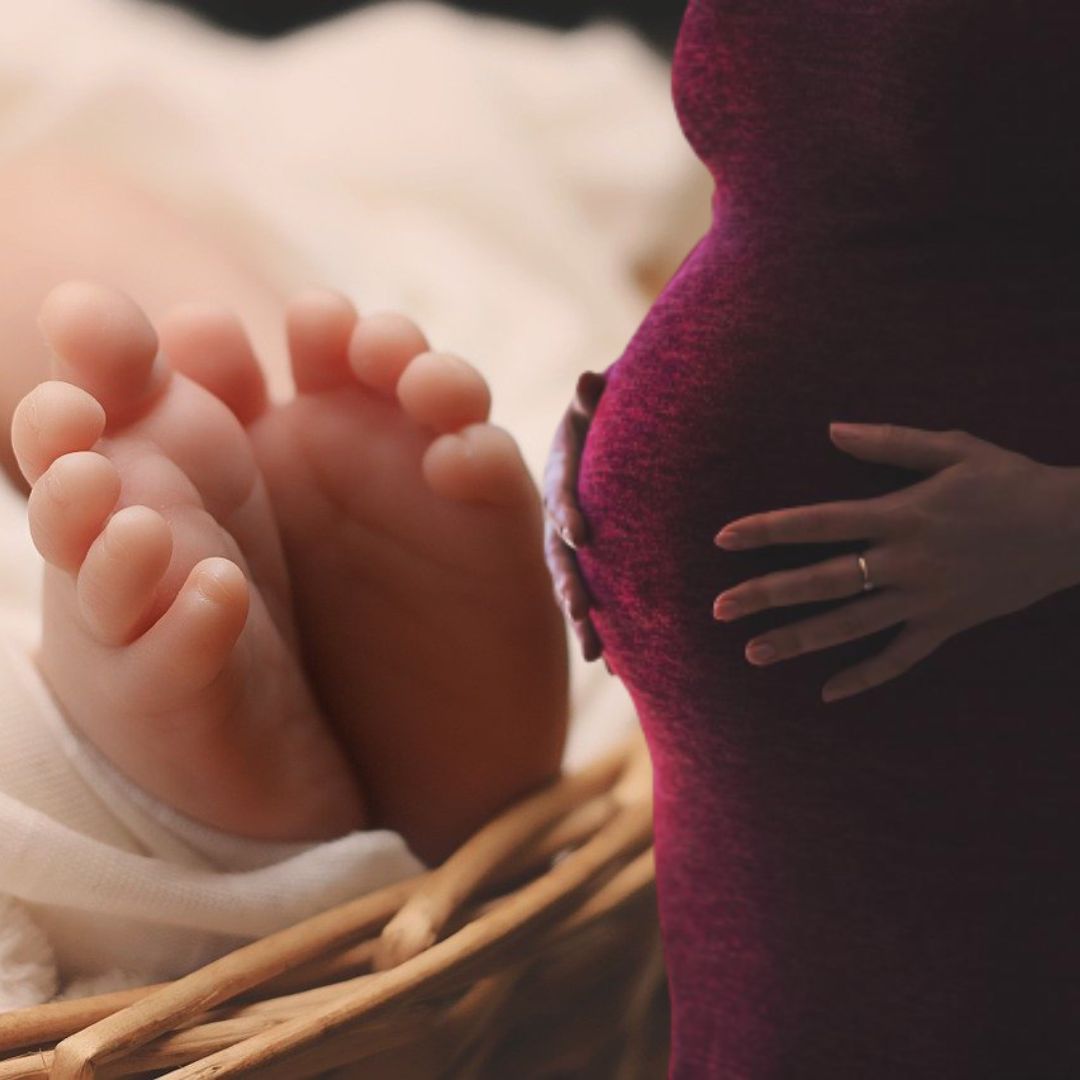Total Fertility Rate Falls In All Communities, Steepest Decline Among Muslims: NFHS Data
Writer: Shashwat Swaroop Garg
My name is Shashwat Swaroop Garg, I'm 21 years old and I am from Kanpur, Uttar Pradesh. I am a media student at Symbiosis Institute of Media and Communication, Pune. I am currently pursuing my specialization in Journalism. I am interested in playing videogames, reading and learning about new and interesting things and I work well in a team
India, 10 May 2022 12:18 PM GMT
Editor : Ankita Singh |
A literature lover who likes delving deeper into a wide range of societal issues and expresses her opinions about the same. Keeps looking for best-read recommendations while enjoying her coffee and tea.
Creatives : Shashwat Swaroop Garg
My name is Shashwat Swaroop Garg, I'm 21 years old and I am from Kanpur, Uttar Pradesh. I am a media student at Symbiosis Institute of Media and Communication, Pune. I am currently pursuing my specialization in Journalism. I am interested in playing videogames, reading and learning about new and interesting things and I work well in a team
In the new NFHS report, the overall fertility rate of India has fallen below the replacement level of two children per woman.
Data from the National Family Health Survey (NFHS) conducted by the Ministry of Health and Family Welfare shows that the country's overall fertility rate has declined. The Muslim community is said to have the steepest decline out of all the religious communities over the past two decades. T
The Muslim community's fertility rate declined from 2.6 in 2015-2016 to 2.3 in 2019-2021. While, all the communities have shown a noticeable decline in their fertility rates, which in turn contributes to a drop in the total fertility rate of the country, the decline has been the steepest in the Muslim community, going from 4.4 in NFHS 1 (1992-93) to 2.3 in NFHS 5 (2019-21).
The fertility rate of the Muslim community is the highest among all religious communities. The Muslim community has faced two accelerated declines in the community fertility rate. The first decline occurred between 1992-93 and 1998-99, while the second decline occurred between 2005-06 and 2015-16, when the rate dropped by 0.8 points.
In a data report by The Indian Express, the current fertility rates of the religious communities in NFHS 5 are as follows: The Muslim Community has a fertility rate of 2.3, with the Hindu community following at 1.94 in NFHS 5. The Christian community has a fertility rate of 1.88, the Sikh community at 1.61, the Jain community at 1.6 and the Buddhist and neo-Buddhist community at 1.39—the lowest rate in the country.
Fertility Gap Between Two Communities
Poonam Muttreja, who is the Executive Director of the Population Foundation of India, an NGO, said, "The fertility gap between Hindus and Muslims is narrowing. High fertility is mostly a result of non-religious factors such as levels of literacy, employment, income and access to health services. The current gap between the two communities is because of Muslims' disadvantage on these parameters." She further said that over the past few decades, an emerging Muslim middle class has been realising the value of girls' education and family planning.
Also Read: Benchmark Setter! Javelin Thrower Annu Rani Shatters National Record For 9th Time
 All section
All section















